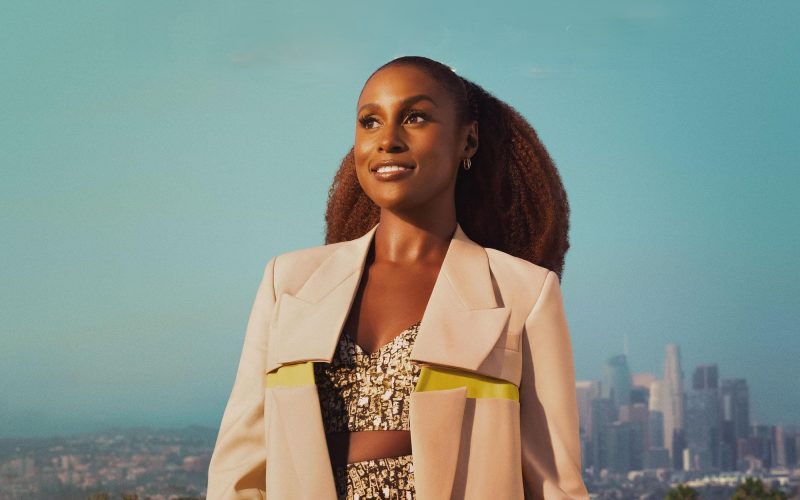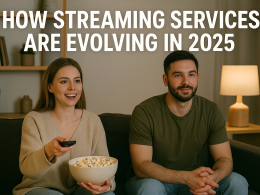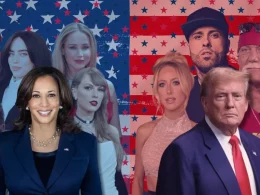Introduction
Diverse representation in the entertainment industry means showing people from different races, cultures, genders, abilities, and backgrounds in movies, TV shows, music, and other forms of entertainment. For a long time, entertainment often focused on just one kind of story or group of people, ignoring others. But today, there is a bigger push for a more inclusive entertainment world, where all people can see themselves represented. This is not just about having more diversity, but about making sure these characters and stories are shown in a real and meaningful way.
The Impact of Diverse Representation on Society
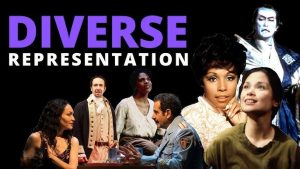
The entertainment industry has a strong influence on how we see the world. Movies, TV shows, and online content introduce us to different ways of life, cultures, and viewpoints. When we see a more diverse mix of people on screen, it helps us understand each other better and breaks down harmful stereotypes. It also creates empathy, allowing people to connect with others, even if their lives are very different.
In the past, movies and TV often showed only a narrow view of the world. For example, people of color were often shown as villains or in stereotypical roles. Women were usually shown as secondary characters. But now, as the demand for more diverse stories has grown, we’re starting to see more complex and authentic characters. This change is good for both those who have been left out of mainstream stories and for everyone else, as it helps us all see the world in new ways.
Challenges in Achieving True Diversity
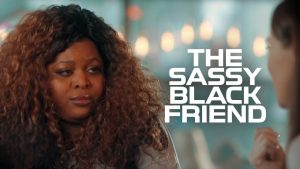
Even though there’s been some progress, true diverse representation is still a challenge. Some of the obstacles include:
- Stereotyping: Many actors from diverse backgrounds still struggle to get roles beyond stereotypes. They are often typecast into the same kinds of characters, such as the “sassy friend” or the “bad guy.”
- Behind-the-Scenes Diversity: It’s not just important to have diverse people on screen, but also behind the camera—in roles like directors, writers, and producers. Without diverse perspectives in these key areas, we may not see a true variety of stories.
- Financial Barriers: Some diverse films, especially those about non-Western cultures or social issues, struggle to get the financial support they need to be made. Studios may not always think these projects will make a lot of money, which can limit their production.
- Audience Resistance: Not everyone is open to new kinds of stories. Some viewers still resist seeing diverse characters, especially in ways that challenge traditional roles. Overcoming this resistance takes time and education.
The Positive Influence of Diverse Representation in Film and TV
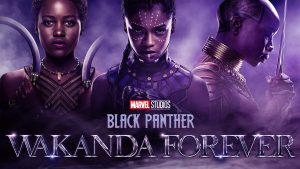
Over the last few years, films and TV shows with diverse casts and stories have become huge hits. For example, Black Panther, a film that celebrates African culture, and Crazy Rich Asians, which tells a romantic story set in Singapore, were not only loved by audiences but also broke box office records. TV shows like Pose and Master of None have also explored important stories about LGBTQ+ characters and immigrants, giving us a deeper understanding of their lives.
These shows and films are successful because they tell important, interesting stories that connect with people. They prove that diverse representation isn’t just a social issue it’s a smart business move too. The more inclusive and authentic the content, the more likely it is to connect with a wide range of audiences.
How Streaming Services Help Promote Diverse Representation
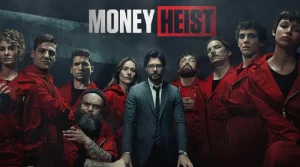
Streaming platforms like Netflix, Hulu, and Amazon Prime Video are helping bring more diverse stories to viewers. These services can offer a variety of shows and films that wouldn’t always make it on traditional TV or at the movie theater. They allow more freedom to explore unique, niche topics and different cultures.
For example, Netflix has made a big effort to include diverse content. It has produced shows and movies from all over the world, including The Witcher, Money Heist, and Sex Education, which feature characters from a range of different backgrounds. By embracing diverse stories, streaming platforms have become an important part of this growing trend.
The Need for Authentic Representation
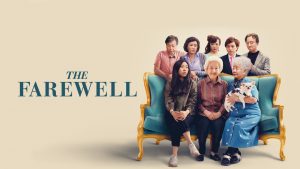
It’s not enough just to include more diverse faces on screen. We also need to make sure that these characters are written and portrayed authentically. Authentic representation means showing people as real, multi-dimensional characters, not just relying on stereotypes.
For example, in The Farewell, a film directed by Lulu Wang, the story is based on her own experience as a Chinese-American. This authenticity makes the film feel real and relatable to people who share those experiences. Telling stories in an authentic way helps everyone better understand the characters’ cultures and struggles.
Diverse Representation in Music and Other Art Forms
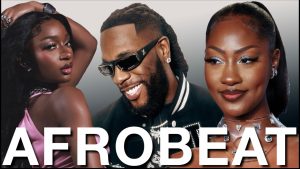
Diversity in entertainment goes beyond film and TV. Music, dance, and theater are also embracing diverse voices. Artists from all over the world are now able to share their music on platforms like Spotify, Apple Music, and YouTube. Genres like K-pop, reggaeton, and Afrobeat are gaining huge international audiences, showing that people are interested in a wide variety of music.
For example, artists like BTS, Bad Bunny, and Burna Boy have achieved great success worldwide, spreading their culture and making music that speaks to fans everywhere. These artists show how diversity in music can bring people together across borders.
The Need for Equal Opportunities in the Entertainment Industry
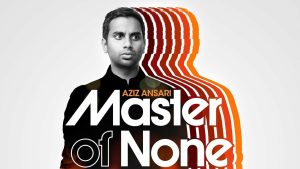
In order to achieve true diversity, it’s important to provide equal opportunities to all people, regardless of their background. This means offering fair chances for acting, directing, writing, and producing. It also involves breaking down barriers that might prevent talented individuals from underrepresented groups from entering the industry. Equal opportunities allow the entertainment industry to grow and benefit from the unique contributions of everyone.
Breaking Stereotypes with Diverse Representation
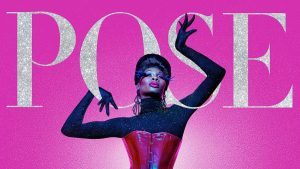
For many years, people from certain backgrounds were often shown in stereotypical roles. For example, characters of color were often cast as criminals, or women were shown as supporting characters to men. Diverse representation helps to break these stereotypes by showing characters with depth and complexity. It allows characters to take on leadership roles, be heroes, and have full, rich lives. By doing this, it changes how we view different groups of people and promotes a more equal and fair society.
The Growth of Diverse Content in Hollywood
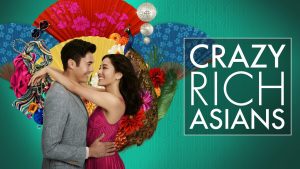
Hollywood has slowly begun to change, with more filmmakers pushing for diverse stories and casting. Movies like Black Panther and Crazy Rich Asians have proven that films with diverse casts and backgrounds can be very successful. These films not only tell important stories but also attract huge audiences. As a result, Hollywood is starting to make more space for diverse filmmakers and actors. This shift is making entertainment more reflective of the world we live in.
The Future of Diverse Representation
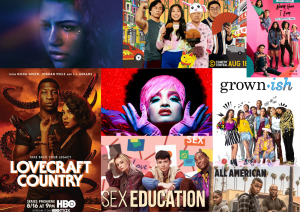
As audiences continue to demand more inclusive content, the entertainment industry is starting to recognize that diversity is not just the right thing to do it’s also the profitable thing to do. We can see that films and shows with diverse characters and stories are succeeding both critically and commercially. However, achieving true diversity will require ongoing effort to ensure that people from all backgrounds have opportunities both in front of and behind the camera.
Comparative Table: Representation in Different Genres
| Genre | Traditional Representation | Current Trends in Representation | Example Shows/Movies |
|---|---|---|---|
| Film | Focus on white, male characters | More diverse casts and deeper, richer stories | Black Panther, Parasite |
| Television | Mostly white characters, few diverse roles | More inclusive storylines and diverse groups | Pose, Master of None |
| Music | Dominated by Western pop artists | Global genres like K-pop, reggaeton, Afrobeat | BTS, Bad Bunny, Burna Boy |
| Theater | Mostly Eurocentric plays and stories | More diverse playwrights and performances | Hamilton, The Color Purple |
Analysis Table: Impact of Diverse Representation
| Aspect | Traditional Representation | Diverse Representation Impact |
|---|---|---|
| Stereotypes | Limited, often negative portrayals | More complex, authentic roles |
| Audience Engagement | Primarily appeals to mainstream, Western viewers | Connects with a global, diverse audience |
| Business Success | Limited appeal | Increased profitability, broader market reach |
| Cultural Understanding | Narrow, often inaccurate portrayals | Promotes empathy, understanding of cultures |
Conclusion
Diverse representation in the entertainment industry is essential to building a more inclusive and understanding world. It helps break down barriers, reduces stereotypes, and offers more authentic portrayals of real-life experiences. While challenges remain, the push for more diversity is growing, and the future of entertainment will likely be one that reflects the many different cultures and identities that make up our world.






